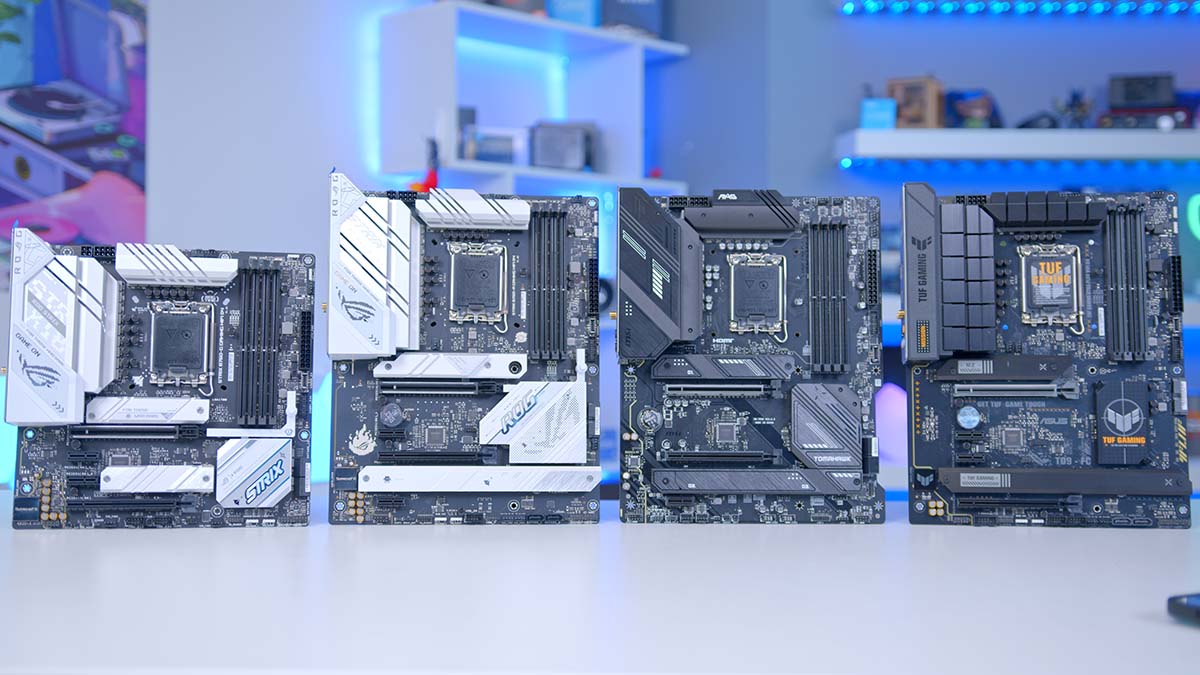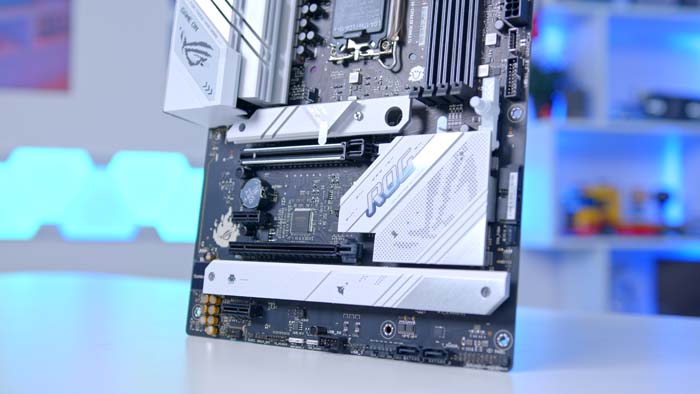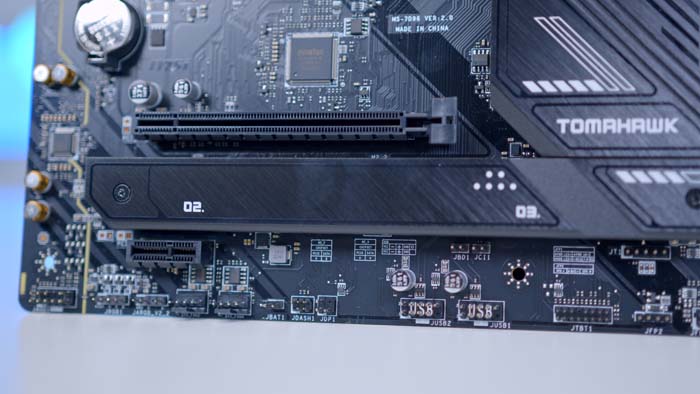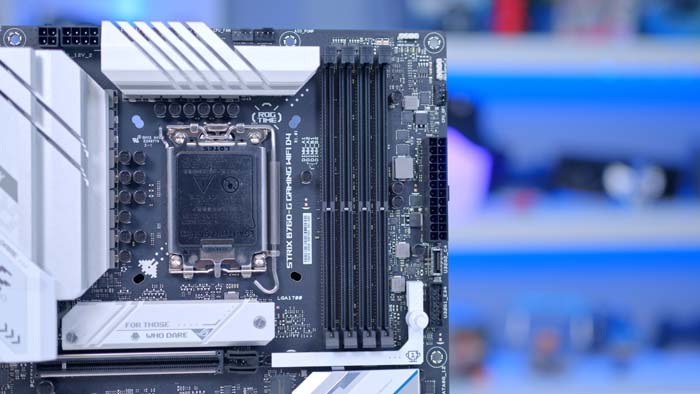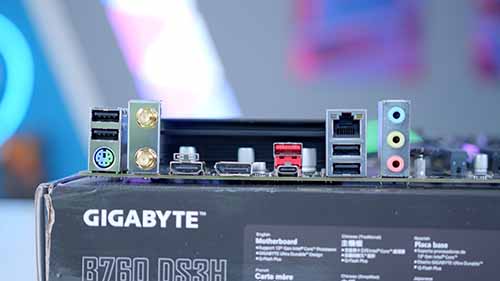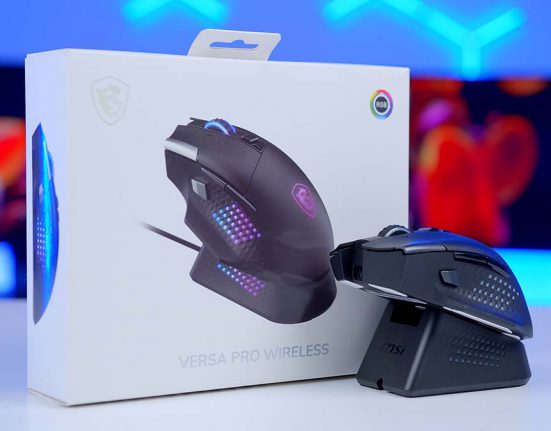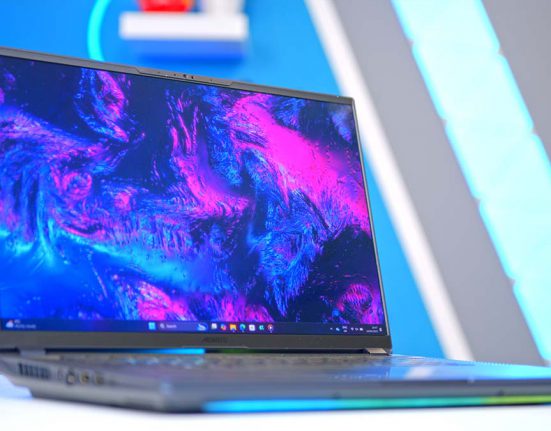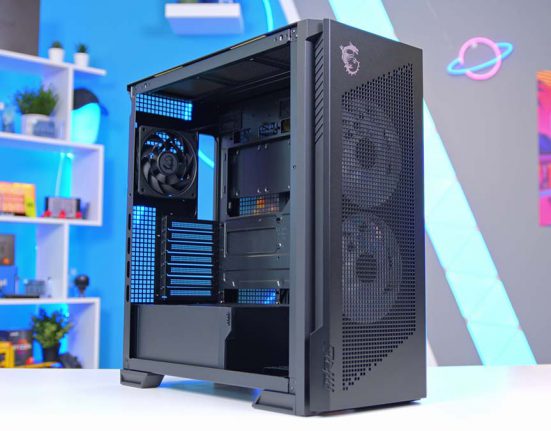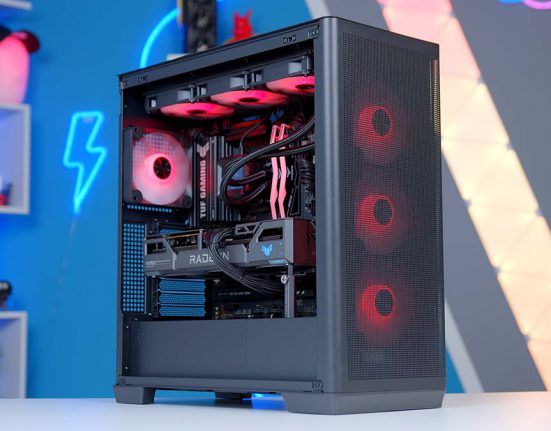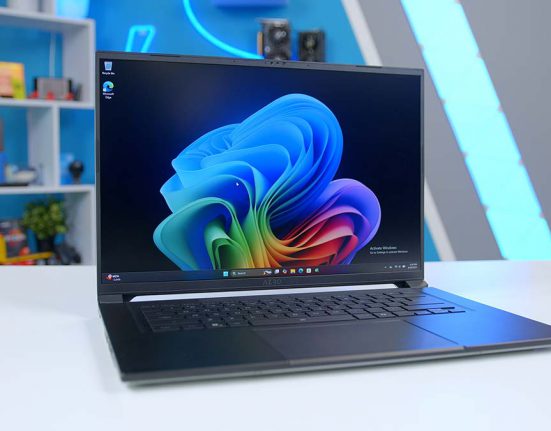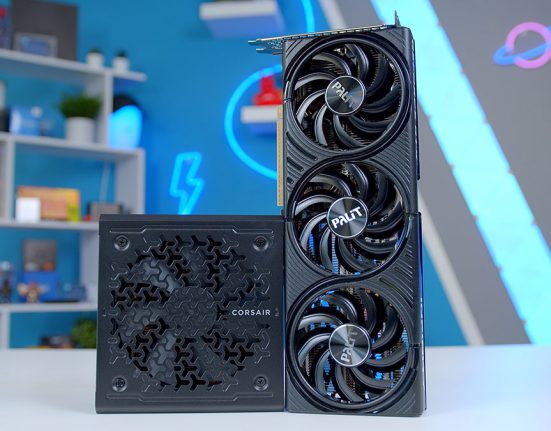Introduction
The Intel B760 chipset is the perfect choice for those building a more affordable PC. B760 motherboards offer a well-rounded set of features geared towards mid-range and budget builds while being more affordable than Z790 motherboards. However, finding a solid B760 motherboard that offers a good selection of slots and ports while also adhering to a budget you’re comfortable with can be difficult. This is why we’ve put together this roundup of the best B760 motherboards to buy, where we’ve tested a range of excellent B760 options that we believe to be suited to a wide range of buyers.
We’ve rounded up a selection of B760 motherboards from ASUS, MSI, and Gigabyte, all providing a solid set of specs at varying prices. Each motherboard below features an in-depth assessment of the features, design, and pricing to determine what kind of value is on offer.
Best B760 Motherboards to Buy
1. ASUS ROG STRIX B760-A Gaming WiFi D4
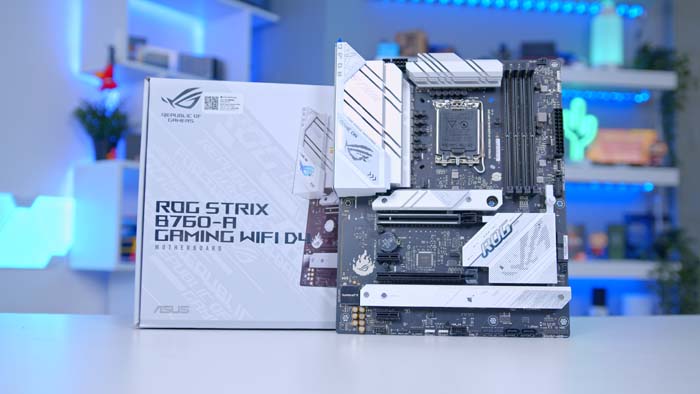
The ROG STRIX B760-A Gaming WiFi D4 from ASUS offers a wide set of features, along with a unique aesthetic that is perfect for white-themed gaming PCs. Our in-depth review of the ASUS ROG STRIX B760-A hailed its strong connectivity, with high-speed WiFi 6E networking, USB Type C 3.2 Gen 2 ports rated at 10Gbps and 2.5 Gigabit LAN connectivity.
The sleek, alternative white colour scheme also looks stunning, with plenty of visual retro gaming accents. PCI-E 5.0 connectivity and strong RAM overclocking support up to 5333MT/s are strong features that make this board easy to recommend.
The ASUS ROG STRIX B760-A Gaming WiFi D4 is simply one of the best B760 options on the market. As a higher-end B760 motherboard, this design includes plenty of connectivity and great features that will be more than enough to satisfy the needs of both budget and mid-range gamers alike. Though the primarily white design won’t be a good fit for every PC build, the contrasting dark PCB should help this board blend in well with dark-themed systems.
| Key Specs | ASUS ROG STRIX B760-A Gaming WIFI D4 |
|---|---|
| Form Factor | ATX |
| Supported Memory | 128GB DDR4 5333MT/s |
| PCI-E x16 Slots | 1 x PCI-E 5.0 |
| PCI-E x4 Slots | 2 x PCI-E 3.0 |
| VRM Power Phases | 12+1+1 |
| Front IO | 1 x USB 3.2 Gen2 Type-C 1 x USB Gen1 1 x USB 2.0 |
| Rear IO | 1 x USB 3.2 Gen2x2 Type-C 1 x USB 3.2 Gen1 Type-C 1 x USB 3.2 Gen2 2 x USB 3.2 Gen1 4 x USB 2.0 |
| Audio | 5 x Audio Jacks |
| Networking | 2.5 Gigabit LAN WiFi 6E |
Pitched as a premium motherboard in the B760 chipset, the ROG STRIX B760-A is more expensive than the other options featured in this roundup. Because of this, it is worth considering Z790 motherboards that are similarly priced as the ROG STRIX B760-A Gaming WiFi D4 if this board doesn’t suit your preferences.
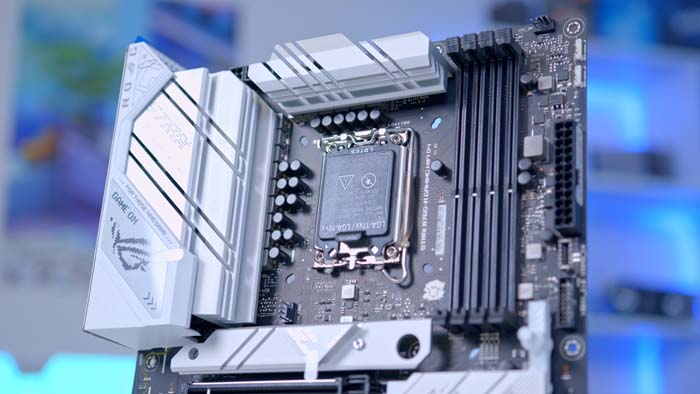

Suggested Article: B760 vs B660 Motherboards – What are the Differences?
2. MSI MAG B760 TOMAHAWK WiFi
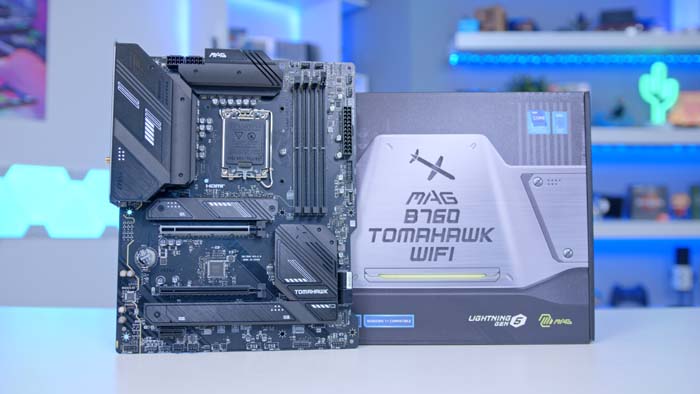
Our review of the MSI MAG B760 TOMAHAWK rated this motherboard highly for its aesthetic, feature set and connectivity. With a single PCI-E 5.0 slot and three Gen4 M.2 slots, it accommodates modern graphics cards and offers a vast range of storage space. The MAG B760 TOMAHAWK also offers RAM overclocking speeds up to 7000MT/s, which will provide a performance bonus in varying games and applications.
This board has a solid set of rear IO comprised of nine ports in total, four of which are USB 3.2 Gen2 Type-C, followed by a single USB 3.2 Gen2x2 Type-C port and four USB 2.0 ports. On the rear IO, you’ll also find support for WiFi 6E and 2.5 Gigabit LAN, both of which are excellent high-speed networking options catering to wired and wireless setups.
| Key Specs | MSI MAG B760 TOMAHAWK WiFi |
|---|---|
| Form Factor | ATX |
| Supported Memory | 256GB DDR5 7000MT/s |
| PCI-E x16 Slots | 2 x PCI-E 5.0 |
| PCI-E x4 Slots | 3 x PCI-E 4.0 |
| VRM Power Phases | 12+1+1 |
| Front IO | 1 x USB 3.2 Gen1 1 x USB 3.2 Gen2 Type-C 2 x USB 2.0 |
| Rear IO | 1 x USB 3.2 Gen2x2 Type-C 4 x USB 3.2 Gen2 4 x USB 2.0 |
| Audio | 5 x Audio Jacks |
| Networking | 2.5 Gigabit LAN WiFi 6E |
While this board’s feature set is very bountiful, its overall aesthetic is somewhat restrained compared to some other motherboards in this roundup. While the black design will appeal to some, it is a plain-looking board and lacks any vibrant RGB lighting.
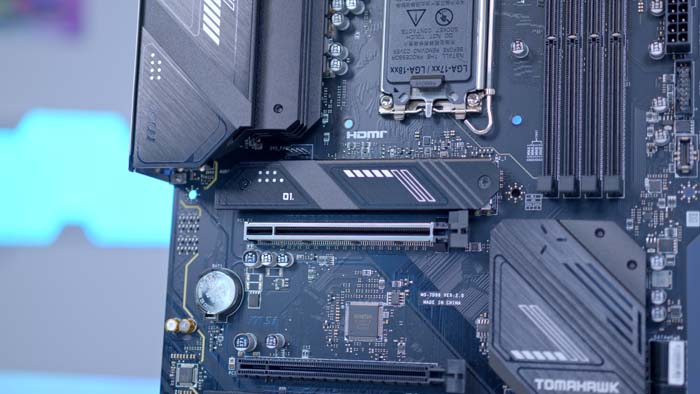
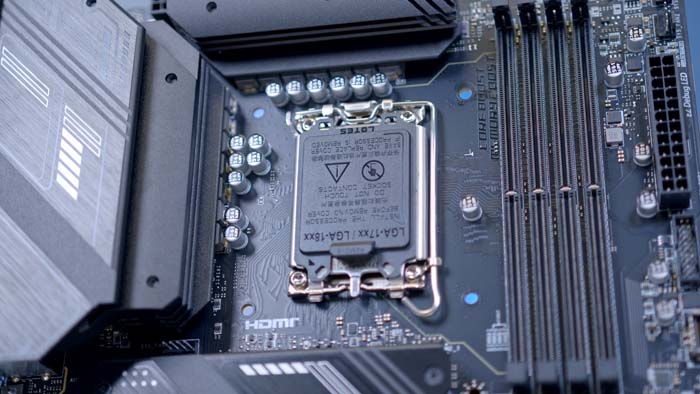
3. ASUS ROG STRIX B760-G Gaming WiFi D4
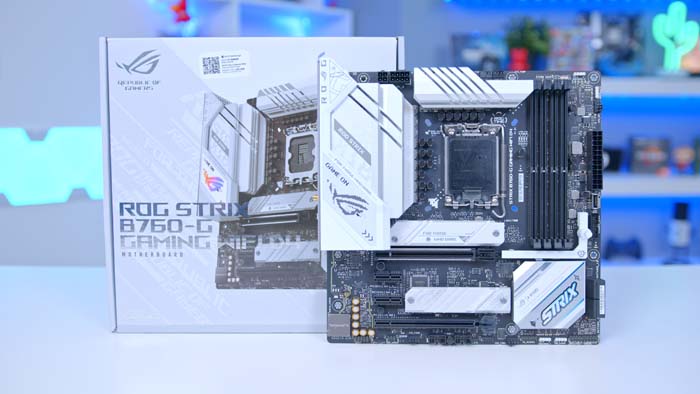
Those building a compact PC will want to take a look at the ASUS ROG STRIX B760-G Gaming WiFi D4. As a Micro-ATX motherboard, the ROG STRIX B760-G Gaming WiFi D4 is an ideal pickup for smaller form factor builds while offering a sleek design and solid feature set. The ROG STRIX B760-G Gaming WiFi D4 dons white and silver heatsinks, IO covers, and general accenting, making it more visually unique than other B760 motherboards.
While upgrading the room is somewhat restrictive, despite its size, the ROG STRIX B760-G Gaming WiFi D4 offers a great set of ports and slots. With a PCI-E 5.0 graphics slot and two Gen4 M.2 slots, the ROG STRIX B760-G provides plenty of storage space while accommodating RTX 4000 and Radceon 7000 graphics cards. The B760-G also offers great networking options with a 2.5 Gigabit LAN port and WiFi 6E for those who want to avoid any networking cable hassle.
| Key Specs | ASUS ROG STRIX B760-G Gaming WiFi D4 |
|---|---|
| Form Factor | Micro-ATX |
| Supported Memory | 128GB DDR5 5333MT/s |
| PCI-E x16 Slots | 1 x PCI-E 5.0 |
| PCI-E x4 Slots | 2 x PCI-E 4.0 |
| VRM Power Phases | 12+1+1 |
| Front IO | 1 x USB 3.2 Gen2 Type-C 1 x USB 3.2 Gen1 2 x USB 2.0 |
| Rear IO | 1 x USB 3.2 Gen2x2 Type-C 1 x USB 3.2 Gen2 Type-A 2 x USB 3.2 Gen1 Type-A 1 x USB 3.2 Gen1 Type-C 4 x USB 2.0 |
| Audio | 5 x Audio Jacks |
| Networking | 2.5 Gigabit LAN WiFi 6E |
On the rear IO, the ROG STRIX B760-G has eight USB ports in total, primarily made up of high-speed options. This board also caters to audio enthusiasts, providing a full suite of 3.5mm jacks for those with dedicated speaker setups.
Admittedly, while the ROG STRIX B760-G offers a bountiful set of ports and slots, upgrading room is limited by the board’s size. Because the Micro-ATX form factor essentially trims down the length and width of the PCB, there are fewer SSD and graphics card slots, which does restrict the amount of upgrading you can do.

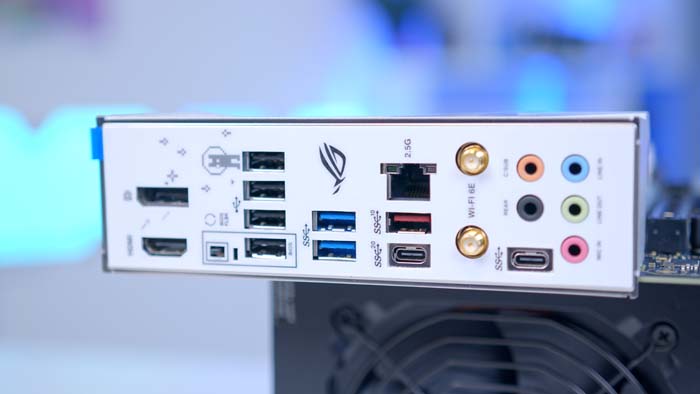
4. Gigabyte B760 DS3H AX
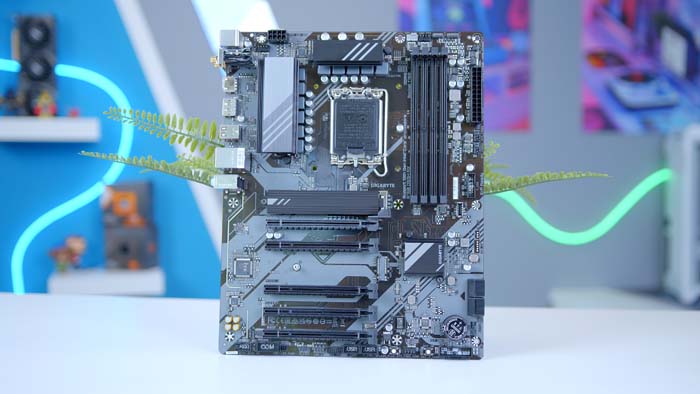
The Gigabyte B760 DS3H AX is one of the most affordable B760 motherboards to feature support for DDR5 memory. This board offers a more barebones feature set for prospective buyers while still providing plenty of connectivity.
With support for DDR5 RAM overclocking up to 7600MT/s, two Gen4 M.2 SSD slots, and Gen4 graphics cards, the B760 DS3H AX is geared towards modern systems while retaining a highly affordable price point.
On the rear IO, this board has six USB ports, including a USB 3.2 Gen2 Type-C port rated at 20Gbps, four USB 2.0 ports, and a single USB 3.2 Gen2 Type-A port. This selection of USBs is a bit more limited compared to other motherboards in this roundup, but this should be more than ample for the vast majority of budget systems.
| Key Specs | Gigabyte B760 DS3H AX |
|---|---|
| Form Factor | ATX |
| Supported Memory | 192GB DDR5 7600MT/s |
| PCI-E x16 Slots | 1 x PCI-E 4.0 |
| PCI-E x4 Slots | 1 x PCI-E 4.0 |
| VRM Power Phases | 8+2+1 |
| Front IO | 1 x USB 3.2 Gen1 Type-C 1 x USB 3.2 Gen1 2 x USB 2.0 |
| Rear IO | 1 x USB 3.2 Gen2x2 Type-C 1 x USB 3.2 Gen2 4 x USB 2.0 |
| Audio | 3 x Audio Jacks |
| Networking | Gigabit LAN WiFi 6E |
The exposed PCB and lack of visual flair do make its budget price point fairly apparent, while the lack of quality-of-life features, such as a built-in IO shield, is a little disappointing.
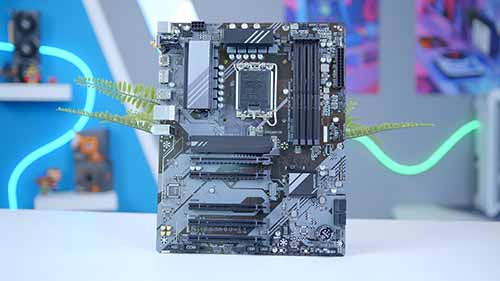
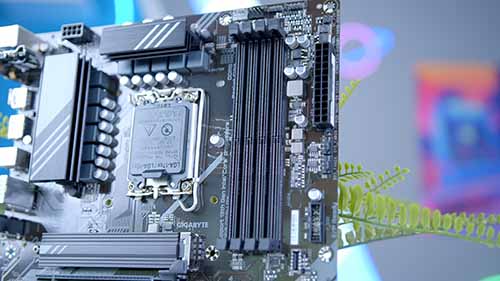
How Tested the Best B760 Motherboards
We require a massive amount of data to provide informed product recommendations. Our motherboards are tested rigorously and methodically to ensure we have a big data set to compare and consolidate which boards are worth recommending. When testing motherboards, we consider various factors to ensure that each board offers a strong value proposition for various use cases and budgets.
To ensure that all of our testing is fair and repeatable, we’ve published numerous behind-the-scenes articles that detail our testing processes. These articles provide a deep dive into our full benchmarking methodology.
Frequently Asked Questions
Are B760 Motherboards Worth Buy?
B760 motherboards are a great value choice for gamers looking to utilise the latest generation of Intel processors.
Is the B760 Chipset Good for Gaming?
Yes. B760 motherboards can house components capable of running all the latest titles at both 1080p and 1440p with ease.
How Much Money Should I Spend on a B760 Motherboard?
For the best balance between price and features, we recommend spending around $150-250 to make sure that you are getting the best deal possible.


